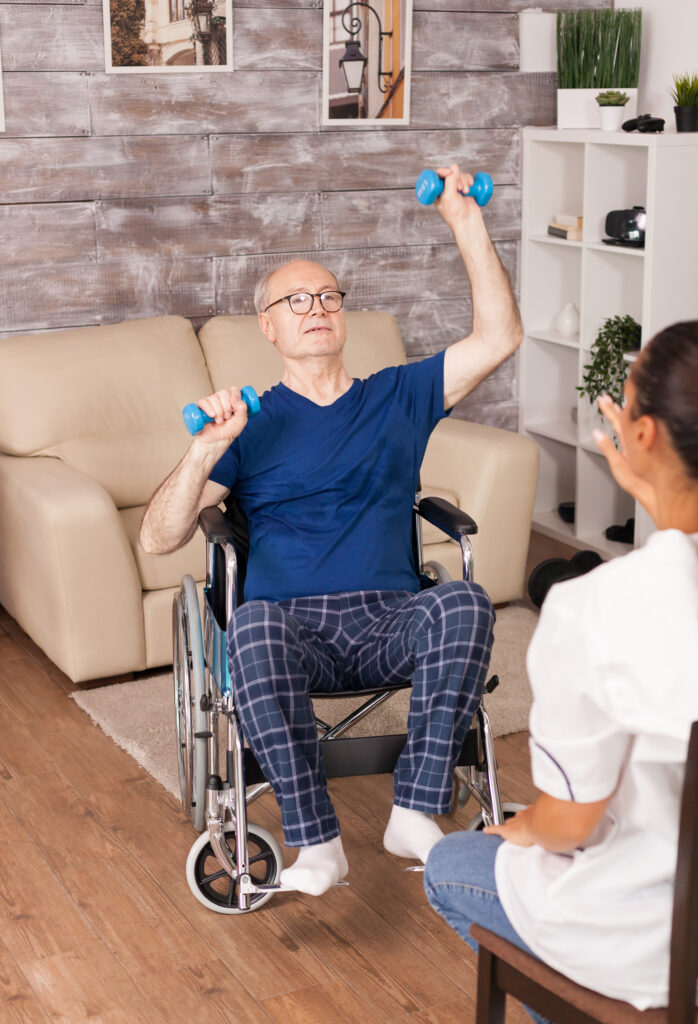![]() +971 6 522 6368
+971 6 522 6368 ![]() +971-56-994-6523
+971-56-994-6523 ![]() info@resalahphysio.com
info@resalahphysio.com
Parkinsonism
What is parkinsonism?
Parkinsonism is a group of neurological disorders that cause movement problems similar to those seen in Parkinson’s disease, such as tremors, slow movement and stiffness.
Physiotherapy treatment for parkinsonism in Sharjah
Physiotherapy can play an important role in the treatment of Parkinson’s disease by helping to manage symptoms and improve quality of life. Here are some common physiotherapy treatments for Parkinson’s what we do in Al Resalah Physiotherapy Clinic and at patient’s home:
Exercise therapy: Regular physical exercise is crucial for people with Parkinson’s disease. Our physiotherapist designs an exercise program tailored to the individual’s need and abilities. This may include aerobic exercises, strength training, balance exercises, and stretching. Exercise helps improve muscle strength, flexibility, balance, and coordination.
Gait training: Parkinson’s can cause changes in gait (walking pattern), such as shuffling steps, reduced arm swing, and difficulty in initiating movement. We at Al Resalah Physiotherapy Clinic assess, analyze gait pattern of patient and provide tailored gait training to improve walking patterns, stride length and balance.
Balance training: Impaired balance is a common issue in Parkinson’s disease, which can increase the risk of falls. Resalah Physios can include exercises to improve balance, such as weight shifting, standing on one leg, and using balance boards or other equipment.
Range of motion exercises: Parkinson’s can cause stiffness and reduced range of motion in the muscles and joints. Physiotherapists prescribe specific exercises to help maintain or improve joint flexibility.
Posture and alignment correction: Parkinson’s can affect posture, leading to stooped or hunched positions. We provide guidance on proper posture and alignment and prescribe exercises to strengthen the muscles that support good posture.
Manual therapy: Physiotherapists may use manual techniques such as soft tissue manipulation, joint mobilization, or stretching to alleviate muscle stiffness and improve mobility.
Assistive devices: Physiotherapists can assess the need for assistive devices such as canes or walkers to improve mobility and safety.
Education and self-management: We provide education on Parkinson’s disease, its effects on movement, and strategies for managing symptoms. We teach specific techniques such as cueing or rhythm exercises to improve movement initiation and coordination.

It’s important to note that each individual with Parkinson’s has unique needs, and the physiotherapy treatment plan should be tailored to their specific symptoms and goals. A multidisciplinary approach involving physiotherapy, medication management, and other healthcare professionals can provide comprehensive care for people with Parkinson’s disease. It’s best to consult with a qualified physiotherapist who has experience in treating Parkinson’s to develop an individualized treatment plan.
